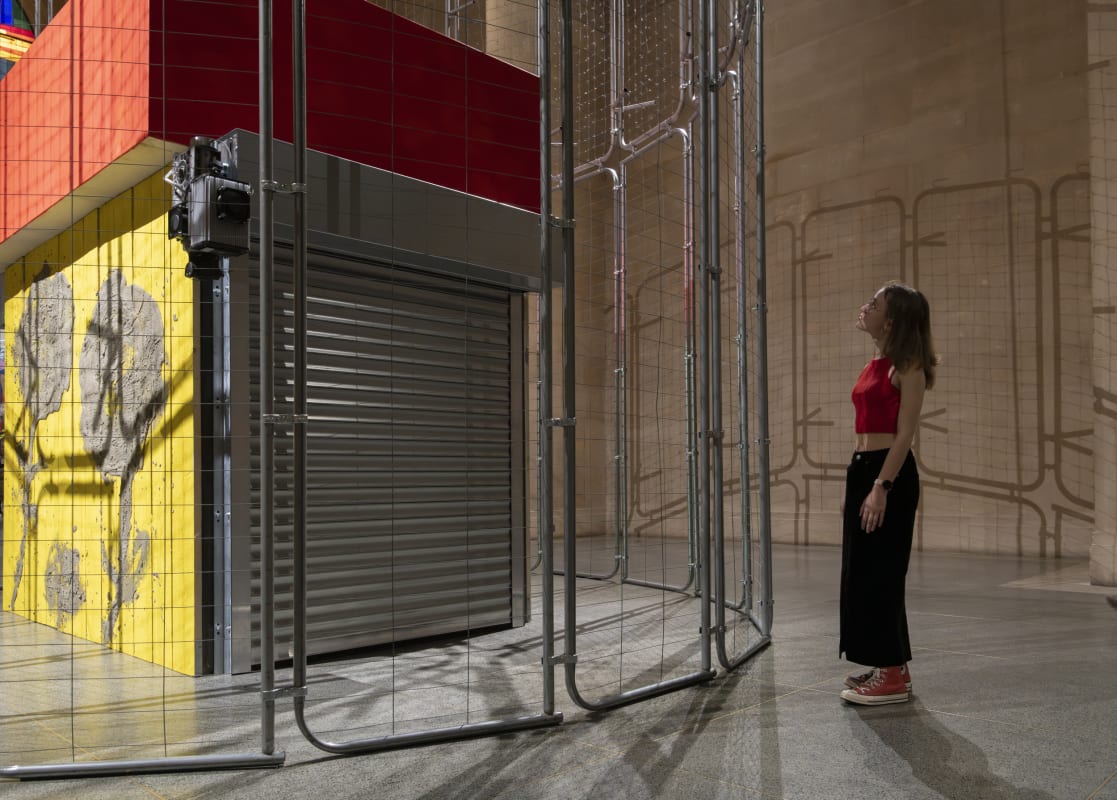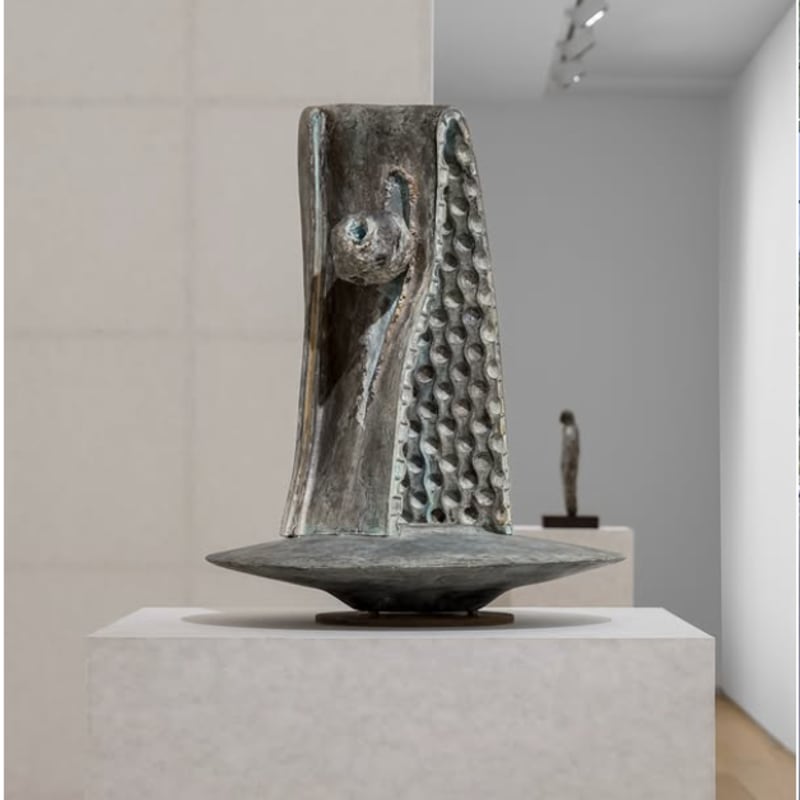Alvaro Barrington’s Tate Commission is a sensory celebration Carnival, Colour and Culture
By Barry Pierce
Tate Britain’s Duveen Galleries have been home to many monumental commissions over the years, from Phyllida Barlow’s wooden crates to Fiona Banner’s Harrier jet. Now, it’s the turn of Venezuela-born, London-based artist Alvaro Barrington to fulfil the grand Tate Britain Commission.
This year’s commission, titled GRACE, is in three distinct parts and displays Barrington’s no-nonsense approach to art. “I don’t feel like I’m trying to convince people of things that they’re not able to see,” Barrington tells us during a preview of the commission. “When I went to art school, you’d hear a painter being like, ‘Oh, I’m making a painting about Brexit, or trans rights, or whatever’ and then you’d look at the painting and it’s just a green line on a canvas. I think with my work, with the things that I’m saying, nobody looks at me like, oh you’re crazy.”
In the first room of the Duveen Galleries, Barrington has installed a low-hanging corrugated iron ceiling with plastic-covered sofas on the space floor. “Growing up in the Caribbean, under a tin roof, when the rainy season would come, you would have the storm hitting the roof and I realised that was like a soundtrack,” Barrington explains. The sound of rain hitting the tin roof is pumped into the gallery and you are invited to sit on the sofas. It’s rare to have such a vast gallery space feeling so cosy, but Barrington achieves it.
The second room, the gallery’s central rotunda, is dwarfed by a huge central statue. A four-metre-high aluminium sculpture of a dancing figure, clothed in designs by Jawara Alleyne, that Barrington based on a recollection of seeing his sister dancing at Notting Hill Carnival. The figure’s pedestal is adorned with steel drums which can be played, while all around the central sculpture are paintings of dancing figures. The whole central room is a celebration of Notting Hill Carnival and its importance to Barrington’s art. “In this space, I wanted to treat my paintings as a backdrop for how Carnival is innovative and interesting. In Carnival, it’s a public space but it’s a public space where we all understand that a woman could be dancing in Pretty Mas and everybody knows, oh that’s her space.”
The commission’s final room is much more sparse, more nightmarish, than the previous two. A circular cage of crowd barriers surrounds a corner bodega-like structure, the dimensions of which are exactly those of an American prison cell. The shutters open and close repeatedly and all that’s inside are lengths of chain. This is Barrington’s New York, the city where he spent many years.
“I was offered the commission about two years ago,” Barrington tells me, “and I really had to go crazy. Just let myself go crazy.” And there is a craziness inherent to Barrington’s commission, but the absolute best kind. Every room is totally distinct and evokes a completely different mood from the viewer. As an experience, it is wonderfully overwhelming.


















































































































































































